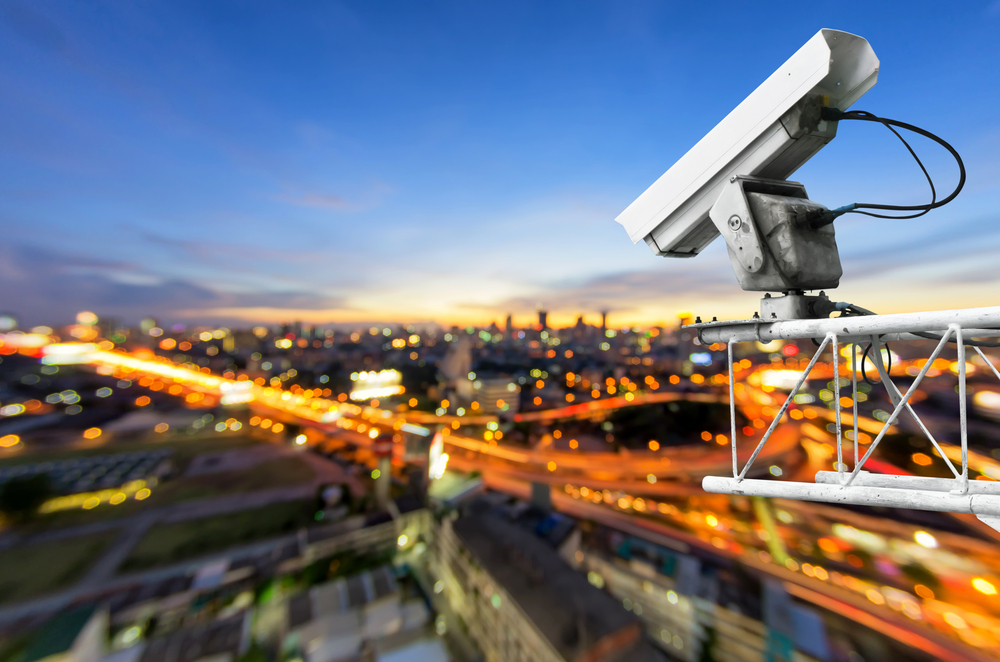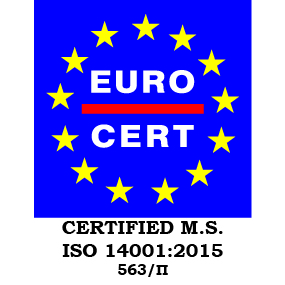CCTV (Closed Circuit TV)

Traffic monitoring is central to emergency services and risk prevention.
Control centers have high definition image quality requirements from a large number of fixed and moving cameras with normal and infrared recording capabilities, video analysis, motion detection, incident detection and vehicle number recording under difficult conditions. Conditions where rainfall, snowfall, flora and reflections from water surfaces add difficulties in the correct interpretation of incidents. Modern CCTV camera software uses smart techniques that reduce tracking costs, improve image quality and minimize false alarms.
Incident detection can follow moving objects, recognize the presence of a pedestrian, a stopped vehicle and the presence of smoke and predetermined alarms. In addition, modern IP cameras ensure high quality and intelligent path tracking while reducing bitrate. Consequently, CCTV system data storage costs and telecommunication costs are greatly reduced without altering image quality. Auto camera exposure prevents background light fluctuations to affect image capture. In order to achieve the optimal result in any case, the exposure of the camera sensor is automatically adjusted, resulting in better light correction. Recording to multiple video streams for an adjustable period allows access to a large volume of data, incident analysis and confirmation.
Algosystems has many years of experience in the design, installation and maintenance of CCTV systems for a variety of applications, from traffic systems, railway tracking, building and industrial security systems.
Tunnel and motorway surveillance systems
With years of experience in tunnel and motorway management, Algosystems provides a set of other surveillance and prompt information systems to operators and managers of the projects. Some of these systems are:
- Weigh In Motion (WIM): WIM system enables the "weigh" of vehicles on the move through specific sensors underneath the truck surface. The advantage of these systems is that the vehicle does not need to be stationary and they can be installed on any road lane without the need for a special weighing area.
- Over-height Vehicle Detection Systems (OVDS): These systems check the height of vehicles when they enter low-height areas such as tunnels. These systems are linked to special signs that alert drivers and operators in time and divert the vehicle off the motorway.
- License Plate Recognition (LPR) Systems: These systems are capable of photographing and identifying the characters on the vehicle plates. They are combined with other systems such as WIM and OVDS and aim to record the vehicles that violate the rules of operation of the respective motorway.
- Fire detection systems: These systems provide a linear display of the temperature of the tunnels using fiber optics. In case of fire, they activate overhead systems such as ventilation, lighting and traffic control to promptly handle the incident. Fire recognition is made either by temperature exceedance or by temperature rate of rise exceedance.
- Inductive loops for vehicle detection: These systems use the magnetic field created by the loops to detect the type, direction and speed of the vehicles passing over. Algosystems provides an interface to display and export this data to reports for operators and administrators. In addition, an analysis of the values and reporting of incidents such as opposite direction of movement or exceeding speed and road load limit through the service level is provided.










